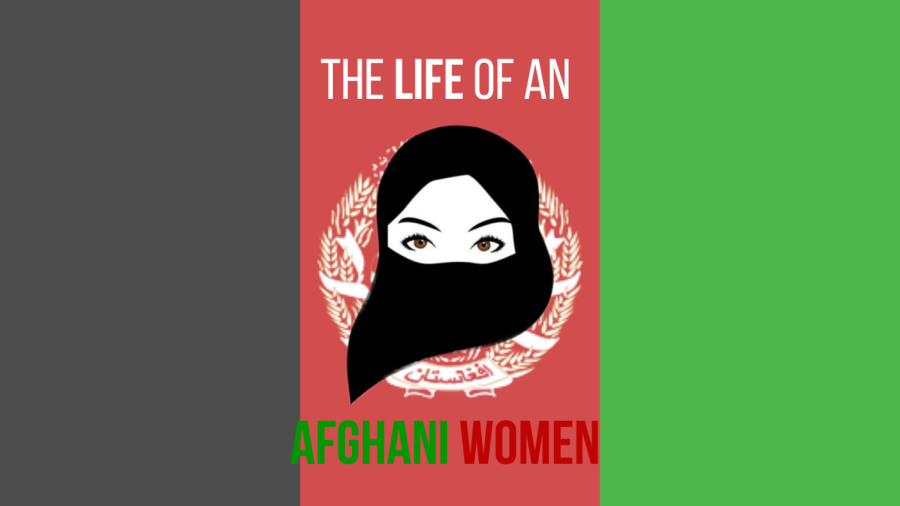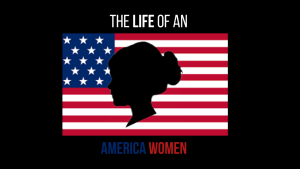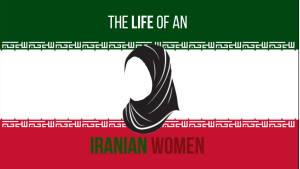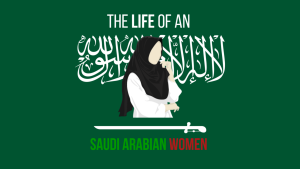The Life of An Afghani Woman
The life and history of a women living in the country of Afghanistan.
The History of Afghani Women’s Rights
Women in Afghanistan once lived with a level of freedom. Before his death in 1901, the Emir of Afghanistan, Abdul Rahman Khan, was making gradual changes to further women’s rights. Carrying on Abdul Rahman Khan’s efforts, the new Emir of Afghanistan, Amanullah Khan, continued to advocate for women’s rights. During the 1920s, Amanullah introduced a new constitution that guaranteed rights for women as well as men. He created reforms that allowed women to vote, reforms that banned child marriage, reforms that granted women the right to choose their husbands, and reforms that implemented a new dress code. This dress code allowed women in Kabul to go unveiled.
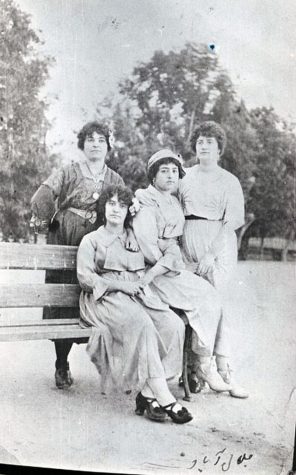
In 1953, General Mohammed Daoud Khan continued on and established several more social reforms which increased women’s freedoms. This progressive change continued throughout the 1960s. Mohammed’s social reforms granted them the freedom to attend universities and enter the workforce. In 1973, Mohammed worked to overthrow Afghanistan’s King and abolish the monarchy once and for all. His efforts ended in him becoming Afghanistan’s first President. This all shortly ended when Mohammed was killed in 1978 during a Communist coup. During this time, conservative Islamic and ethnic leaders who opposed the social changes made by Mohammed began an armed uprising in the countryside.

In 1995, a recently assembled Islamic militia, the Taliban, rose to power with the promise of peace. The Taliban were constructed in the early 1990s by Afghan mujahideen. This group pursues a strict religious ideology. With the Taliban in control, women’s rights were slowly being stripped away. They enforced women be fully covered at all times and did not permit any women to be outside without a male companion.
As the conflict continued, NATO began to provide aid and support. Throughout the 2000s, NATO continued to expand its operation with hopes of keeping and maintaining the peace. Although, this all came to an end when the U.S. withdrew its troops in 2021, leaving the Afghan troops to fight the Taliban themselves. In August 2021, the Afghanistan government officially collapsed as the Taliban took control of Kabul.
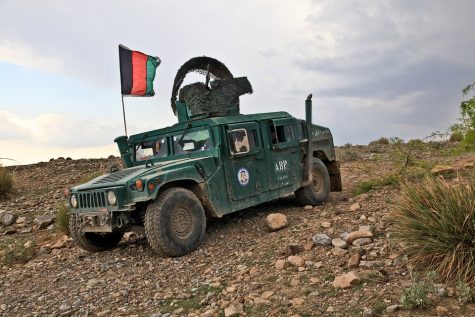
A month later, in September 2021, the Taliban introduced gender-segregated classrooms. This law established that women could attend universities with the exception of gender-segregated entrances and classrooms. Gender-segregated classrooms also require women only to be taught by professors of the same sex or old men and mandate a dress code that must be followed; all women must wear a hijab.
In March 2022, the Taliban ordered all women and girls to be barred from school and stay at home. Two months later, the Taliban’s supreme leader, Hibatullah Akhundzada, mandated that all women remain fully covered, including their faces, as well as banning them from inter-city travel without the escort of a male.

In November 2022, women were officially denied from entering parks, funfairs, or gyms. A month later, hundreds of women were prevented from entering university campuses after it was announced they would be suspending the education of females until further notice. The Taliban has now refused girls from accessing any form of education, from primary school right up to university levels.
Afghani Woman Today
With the Taliban in control, women in Afghanistan are now under obligation to comply with strict religious ideology. The Taliban have begun limiting the liberties and freedoms of their female citizens by slowly inputting new laws and restrictions against them. They are robbing these women of their lives.
If you were a woman living in Afghanistan, you would have to wear a head covering to go outside. You would have to be accompanied by a male relative while traveling. You would not have access to many jobs. You would not be allowed to participate in sports in public. You would not be prohibited from attending school above the sixth-grade level. You would not be free to make your own choices.
Ways You Can Help
- Women’s Regional Network: WOMENS REGIONAL NETWORK
The Women’s Regional Network is a network of women leaders working together to increase women’s rights and regional peace in Afghanistan, Pakistan, and India.
- Women for Afghan Women: Women For Afghan Women
Women for Afghan Women (WAW) works to provide life-changing, community-based programs to thousands of Afghan women, children, and families throughout Afghanistan and the United States (US).
- Afghan Women’s Fund: Afghan Women’s Fund
Afghan Women’s Fund is an organization that helps the women of Afghanistan through education, employment training, and social activism.
Your donation will help support not only the student Journalism and Yearbook clubs at Marco Island Academy, but as well as any new equipment, club improvements, and annual website hosting costs.

Madison Moyer is a senior at Marco Island Academy and Managing Editor for The Wave. When she’s not babysitting, she often spends time with her friends...


